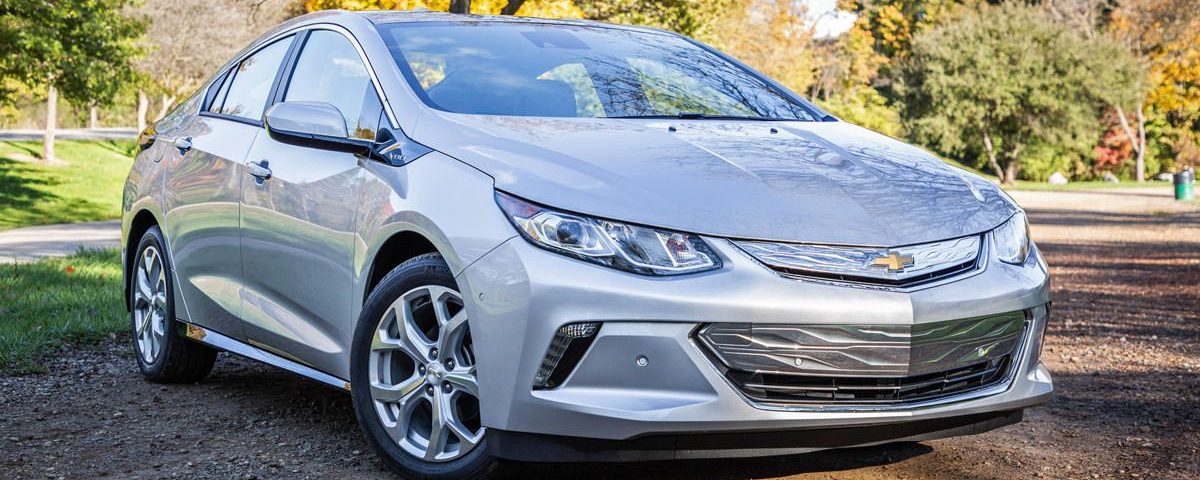Shame the Volt no longer exists. It seems plug-in hybrids have already started to fall out of favor with automakers as a potential zero-emissions vehicle solution, but they could become crucial to meet California’s plan to end the sale of new cars powered by fossil fuels by 2035 . Last week, the California Air Resources Board provided the first details of how it hopes to achieve this goal, and chief among the deets is a major rewrite of plug-in hybrid rules. These changes come in the overarching way the state plans to achieve 100% zero-emission new car sales. As of now, California wants to implement an 80-20 mix where 80% of new cars sold will be totally electric or hydrogen-powered, and 20% may still feature a plug-in hybrid powertrain. Essentially, automakers will still be able to plop an engine under the hood come 2035. However, PHEVs will need to follow far more stringent definitions of the powertrain. California wants any plug-in hybrid to achieve 50 miles of all-electric range to meet the categorization — a huge ask. Only two plug-in hybrids in recent years meet that criteria: the Chevrolet Volt (no longer on sale) and the Polestar 1 (soon to exit production). To achieve such a lofty range, automakers need to fit larger batteries, and when you’re talking about a big battery and an internal-combustion engine, things get complex (and costly) quickly. But, that’s not all the state will need. Future PHEVs to qualify under these regulations will need to be capable of driving under only electric power throughout their charged range. So, no software to flick on the engine for a few moments to recoup some lost energy. While these regulations would actually benefit drivers to shift PHEVs away from “compliance cars” to something far more usable, the complexities may just turn automakers to focus exclusively on EVs. It all remains to be seen, however since the plans remain open for public comment until June 11 of this year. After that, the board will vote and detail a full proposal later this year. We may also see updated and more stringent federal regulations influence the state’s decision. The Biden administration will present new regulations by this July . Climb in the driver’s seat for the latest car news and reviews, delivered to your inbox twice weekly.

